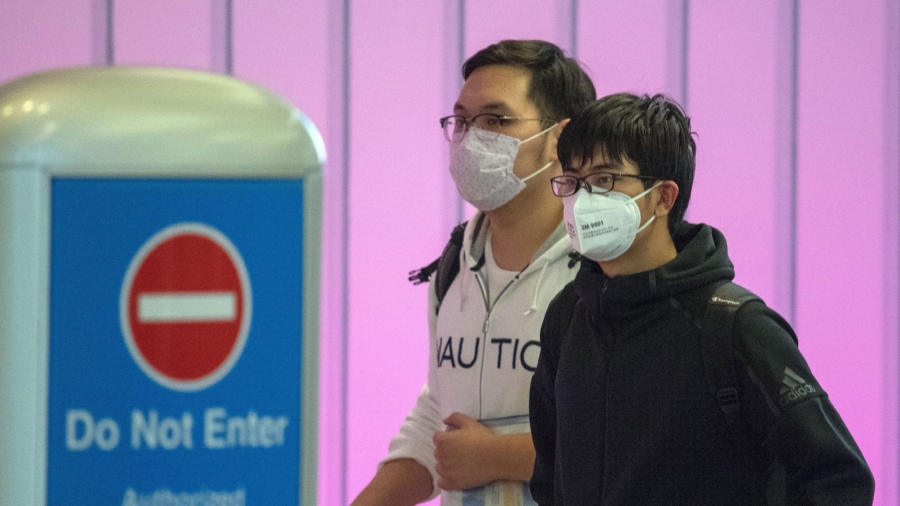Thirty-four patients have tested positive for the new coronavirus in the United States, federal officials said on Friday, after another patient tested positive late Thursday.
Twenty-one of the patients were repatriated from foreign countries by the State Department. Groups were quarantined at military bases after being repatriated from the Diamond Princess cruise ship, where hundreds of infections emerged, and Wuhan, China, where the virus first emerged in December 2019.
All but three of the 21 patients were passengers on the ship, which is docked in Yokohama, Japan, the Centers for Disease Control and Prevention (CDC) said.
The other 13 patients weren’t among the groups that were repatriated. The number is one less than the number that the CDC has listed on its website as of Friday afternoon.
The last patient to test positive was in Humboldt County, California. That patient returned from mainland China, Dr. Nancy Messonnier, a top CDC official, told reporters in a phone call on Friday. The Department of Health and Human Services said that a close contact of the patient is showing symptoms and is being tested. Both “are doing well and self-isolating at home,” the department said in a statement.

The majority of the cases, both among repatriated persons and the other category, are in California.
All the cases among the non-repatriated persons have appeared in people who recently returned from China or among people who had close contact with people who recently traveled to China.
The CDC is now breaking out the number of cases among those repatriated from Japan or China and counting them separately from the rest because the former group “doesn’t reflect transmission and risk in general in the U.S.,” Messonnier said.
Because passengers on the Diamond Princess were in a close setting with others, including people who tested positive for the virus, U.S. officials expect to see additional cases of COVID-19, the disease the virus causes, among them. Many of those repatriated are over the age of 60, meaning they might experience other medical issues requiring hospitalization.
Officials believe it’s “possible, even likely” that community spread of the virus may happen, Messonnier said, adding that officials are making plans to deal with such a spread. Local spread of the virus has started in countries outside China, including Japan and South Korea.
Noting that schools and businesses have been shutting down in some parts of Asia, the director of the CDC’s Center for the National Center for Immunization and Respiratory Diseases told reporters: “The day may come when we will need to take such measures in the United States.”

Infected Patients Allowed to Board Plane
Officials were pressed on the decision to include patients who tested positive on the repatriation of the Diamond Princess passengers.
Samples from the passengers were obtained 48 to 72 hours before the passengers boarded the State Department-charted plane, Ian Brownlee, an acting assistant secretary for the department, told reporters. The results came in as the passengers were on buses on their way to the airport, Dr. William Walters, another State Department official added. Then the lab results showing positive results among people not showing symptoms came in.
The patients were moved into an isolated area at the back of the plane, State Department officials said earlier this week. Plastic was dropped on all four sides of a block of 18 seats, with one entrance and one exit.
“That both protects the rest of the passengers and the rest of the crew from any spread. Every interaction with passengers that are inside the isolation area is very deliberate, it’s very—it’s planned, and it’s done very carefully,” Walters told reporters on Tuesday.
The decision to let the infected patients onto the plane was made by State Department officials.
“The decision, I think, was the right one in bringing those people home,” Walters said.
“These are difficult decisions that we’re faced with everyday and we’re making those decisions in real time,” Messonnier added.
Americans considering traveling overseas shouldn’t view such repatriation flights as standard practice by the U.S. government, Brownley warned, advising Americans to reconsider travel by cruise ship to, in, or from Asia.
From The Epoch Times

